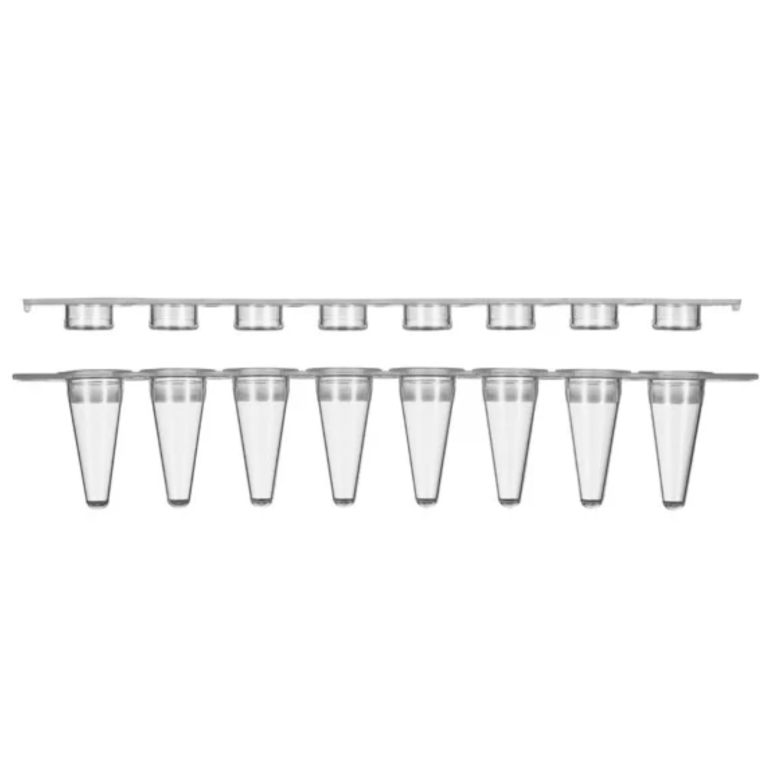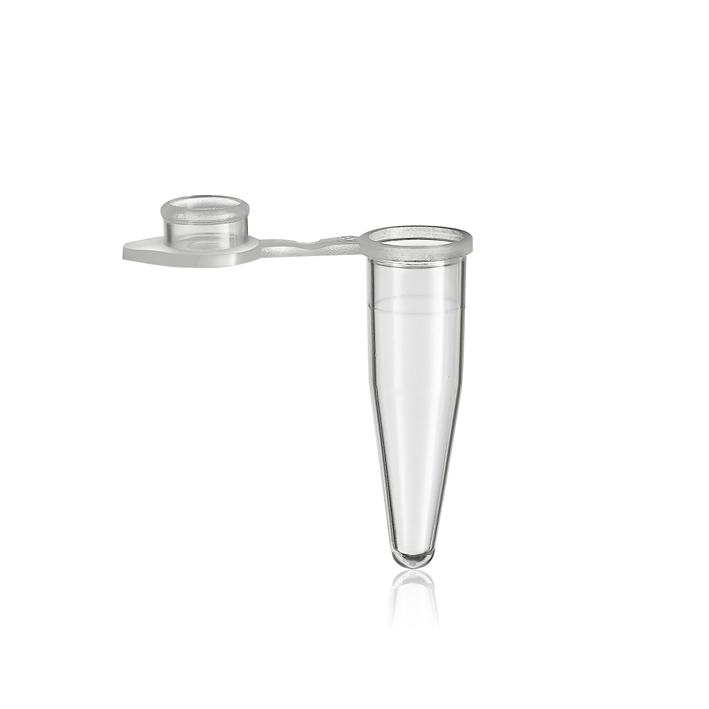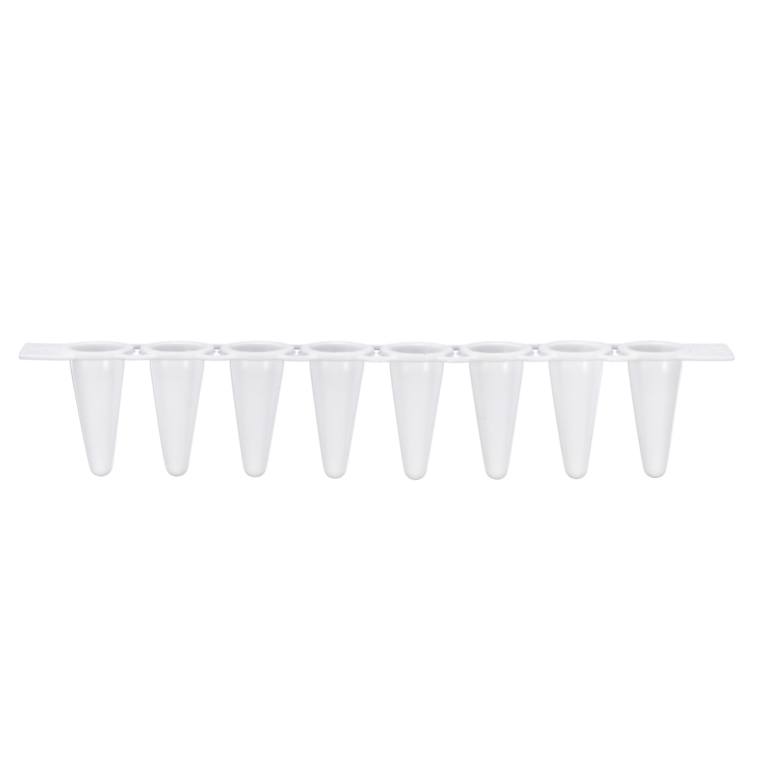Identifying a serological pipette involves recognizing its distinctive features and understanding its purpose in a laboratory setting. Here are some characteristics that can help you identify a serological pipette:
- Shape and Design:
- Serological pipettes typically have a long, slender shape with a tapered end. The body of the pipette is graduated with volume markings along its length.
- Graduated Volume Markings:
- One of the key features of a serological pipette is the presence of graduated volume markings. These markings are calibrated to indicate the volume of liquid being aspirated or dispensed. The markings are usually in milliliters (mL) and are often color-coded for easy recognition.
- Tapered Tip:
- The tip of a serological pipette is tapered to facilitate smooth and precise liquid handling. The taper allows the pipette to easily fit into pipette tips or containers for accurate aspiration and dispensing.
- Adjustable Volume:
- Many serological pipettes are adjustable, allowing users to set the desired volume for pipetting. There is usually a mechanism (such as a plunger or dial) that enables the user to adjust the volume setting.
- Material:
- Serological pipettes can be made of either glass or plastic. Glass pipettes are often used in more precise applications, while plastic pipettes are disposable and commonly used for convenience and to avoid cross-contamination.
- Usage Guidelines:
- The packaging or markings on the pipette itself may include information about its specific use. It may indicate whether the pipette is suitable for general liquid handling, cell culture, or other specific applications.
- Manufacturer’s Labeling:
- Look for any labels or markings provided by the manufacturer, which may include the brand name, model number, and capacity range. This information can help you identify the specific type of serological pipette.
- Color-Coding:
- Some serological pipettes feature color coding on the volume graduations or other parts. This can help users quickly identify the pipette size or specific application for which it is intended.
- Compatible Pipette Tips:
- Serological pipettes are designed to be used with specific types and sizes of pipette tips. Checking for compatibility with the appropriate tips can help confirm that you are using a serological pipette.
- Length:
- Serological pipettes are typically longer than other types of pipettes. The length allows for precise and controlled pipetting, especially when working with larger volumes.
When in doubt, refer to the product documentation or ask a supervisor or colleague for guidance. Additionally, familiarizing yourself with different types of pipettes commonly used in laboratories will enhance your ability to identify and use them correctly.



